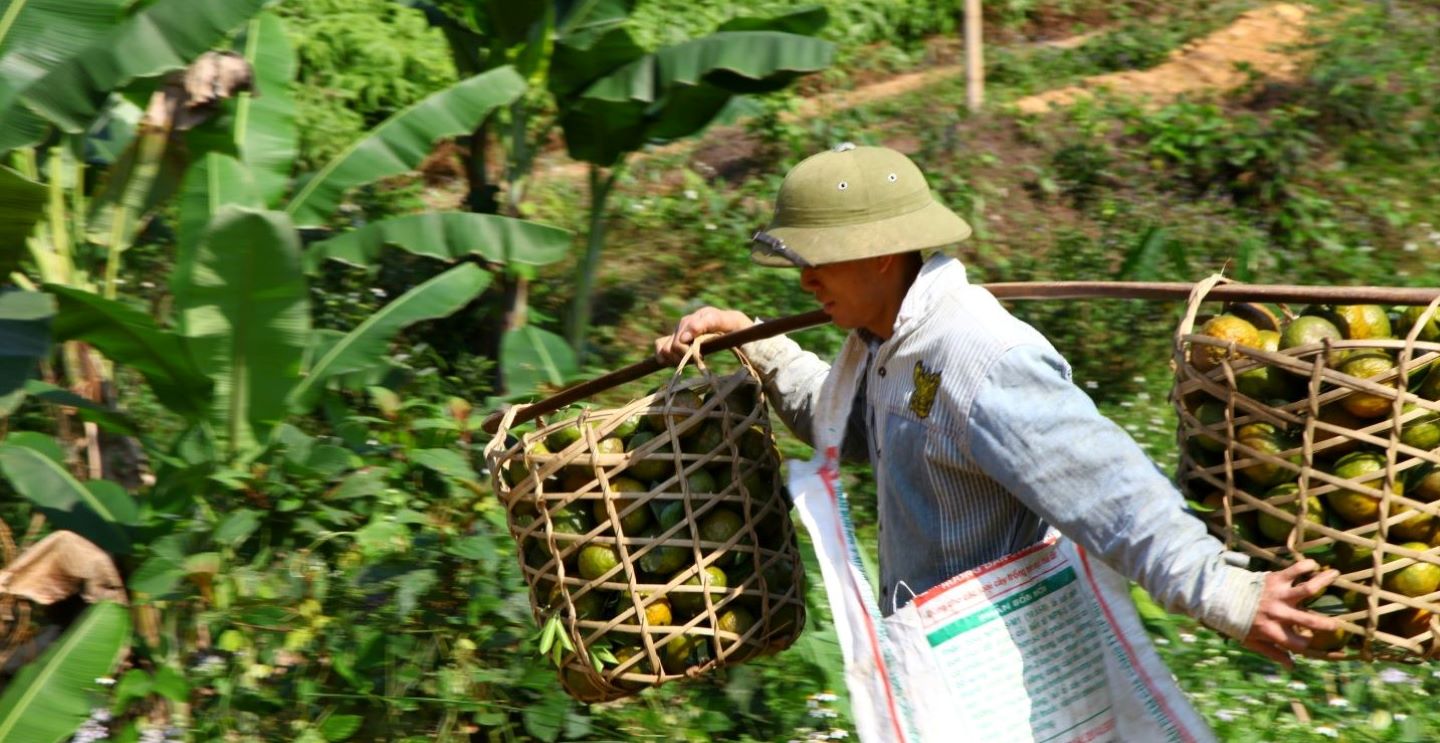10 ways to reduce food loss: lessons from the field
IFAD Asset Request Portlet
Asset Publisher
10 ways to reduce food loss: lessons from the field
Estimated reading time: 3 minutes
©IFAD/Susan Beccio
On its journey from farm to table, food is too often lost along the way. This is known as food loss or post-harvest losses – when agricultural commodities, like cereals or meat, never reach the market.
For small-scale farmers, this can mean a huge blow to their livelihoods and food security. This is why IFAD promotes reducing food losses – here’s how.
- Accessing finance
With better access to finance, small-scale farmers and cooperatives can invest in post-harvest facilities and equipment, like a packing house or a thresher, helping them reduce food losses.
-
Linking farmers to markets
Farmers are less willing to invest in equipment and activities that can reduce their food losses if they cannot make a profit. Linking producers to markets means they have a steady stream of buyers while reducing food loss.
-
Improving storage for grains
Inadequate post-harvest storage can result in insect and rodent infestations, microbial infections and harmful changes in moisture content – all of which can lead to losses of produce and livelihoods. On-farm storage technology, like metal drums and hermetic bags, can virtually eliminate grain losses if used correctly.
-
Upgrading grain drying equipment
Most grain losses occur during storage due to improper drying, leading to mould damage. Helping farmers acquire drying equipment—from simple tarpaulins to shelters that protect from the rain—is key to reducing food losses.
-
Cold storage for fresh produce
The highest levels of food losses occur with fresh produce, like fruits, vegetables, fish, meat and milk. Heat is one of the primary causes of spoilage when there is a lack of cold chain equipment and infrastructure. Supporting farmers and traders in acquiring cooling equipment can substantially reduce losses of fresh produce.
-
Strengthening transport
In remote rural areas, poor transport connectivity means farmers cannot access markets in a timely manner, therefore increasing the risk of damage to their produce. Extending transport infrastructure to the last mile can have a big impact on food losses.
-
Building commercial storage
Collective storage facilities mean farmers who can’t afford on-farm storage can safely store their crops. When well maintained, sharing expensive equipment is a financially practical and efficient way to avoid losses.
-
Training farmers
Training farmers on post-harvest handling and storage skills—including timing of harvest, crop drying, moisture management and safe storage—is key to reducing food losses.
-
Collecting data
Rigorous data on the causes and amounts of food losses is needed to accurately identify and target interventions to reduce them. While there are many methodologies available, the most common one is FAO’s food loss assessment methodology which identifies critical loss points for a value chain.
-
Developing policies
Long-term political commitment to reducing food losses can be achieved by integrating this aim into national agricultural strategies. This may require providing governments with financial support and technical expertise.
Read the Food Loss Reduction Advantage report for more practical examples from the field.
Publication date: 29 September 2023